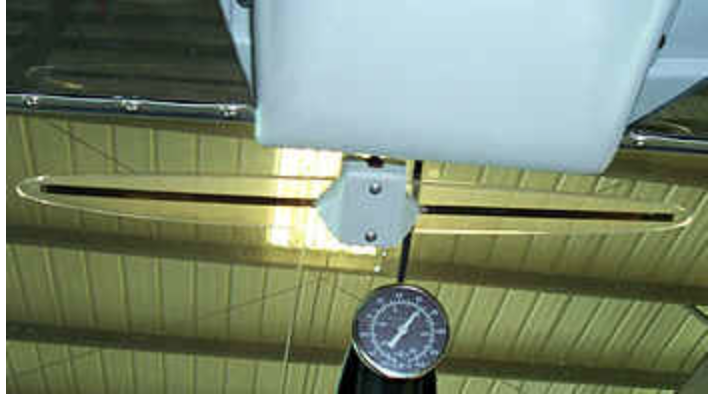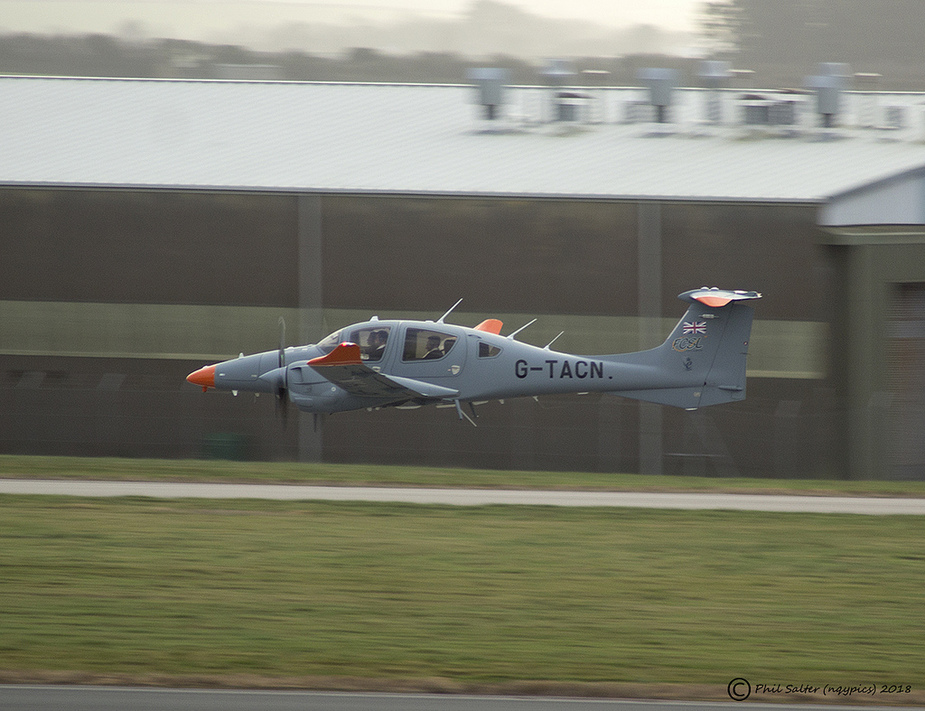In my Cessna 206 project (nearly there) the old windshield was drilled and had the glideslope antenna mounted on the windshield inside the cabin. This is a bit old fashioned looking. I screengrabbed a pic of a similar one.

From what I read online the antenna didn’t perform well in this windscreen location. I have the old glideslope antenna but am loathe to drill a new windshield and mount it again, if there is a better solution I can find. From what I can see on aircraft spruce:
Comant CI-193 = Interior mounted modern version of the Cessna one.
Comant CI-120 = Blade type antenna like I’ve seen mounted on each side of the vertical of a Beech Baron. At $1500 plus installation…
Are there any other types or options that might work better?
You can try ‘whisker’ style antennas such as the Comant CI-158C.
I have little idea why separate GS antenna had been considered nessesary, I found them tucked away on both the Robins I have rebuilt and never re-used them preferring instead to use the VOR antenna and a diplexer.
As far as I can see a separate GS antenna gives you extra weight , extra complexity and extra cost for no benifit………May be there are other opinions, I would like to hear them.
A_and_C wrote:
I have little idea why separate GS antenna had been considered nessesary,
Isn’t that because the GS and localiser operate on quite different frequencies?
They are, but they are roughly (not exactly) 3x apart so the longer (VOR/LOC) antenna will still work for GS.
In fact one of the stupid trick questions in the JAA/EASA IR exams has the “exactly 3x” option as one of the wrong answers 
Possibly the reason for a separate antenna is to reduce single points of failure?
Would a single point failure of an ILS system be such a disaster? After all what use is a GS system that works if you have no LOC.
No, but the more aerials your plane has, the more it looks like you are a pro. It’s almost the same with a 3 blade prop.
You should see the ones which @Dave_Phillips flies 
This one is relatively clean. Others look like porcupines. 
For the geeks, it’s six VOR/GS/LOC, two ADF, three transponder, four DME, six (yes six) GPS, three VHF comm, two UHF comm, two RADALT, two telemetry up/downlink and a couple of other bits. In this particular photo I think we are (simulated) calibrating a CAT III centreline with a run along the runway at 8ft (recording antenna height). 75% power, wheels & flaps up, is the preferred method as you have more energy on go-around (always thinking engine failure).

Dave_Phillips wrote:
For the geeks, it’s four VOR/GS/LOC, two ADF, three transponder, four DME, six (yes six) GPS, three VHF comm, two UHF comm, two RADALT, two telemetry up/downlink and a couple of other bits.
Wow, you are only missing the yaw string to start getting interferences 
I will stop flying if you need to watch all that to land, 6 packs in the aircraft when having fun (and 4 PC screens at work) are already too much for me…
That is a very competent photo…
Is that on autopilot and RADALT?